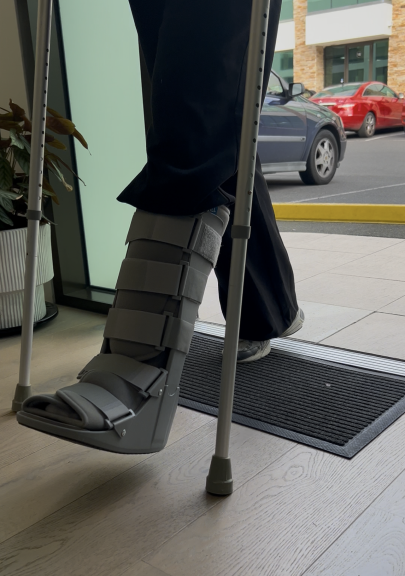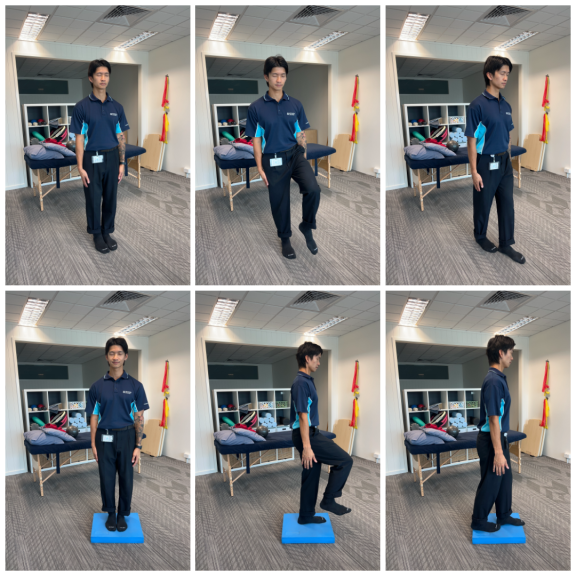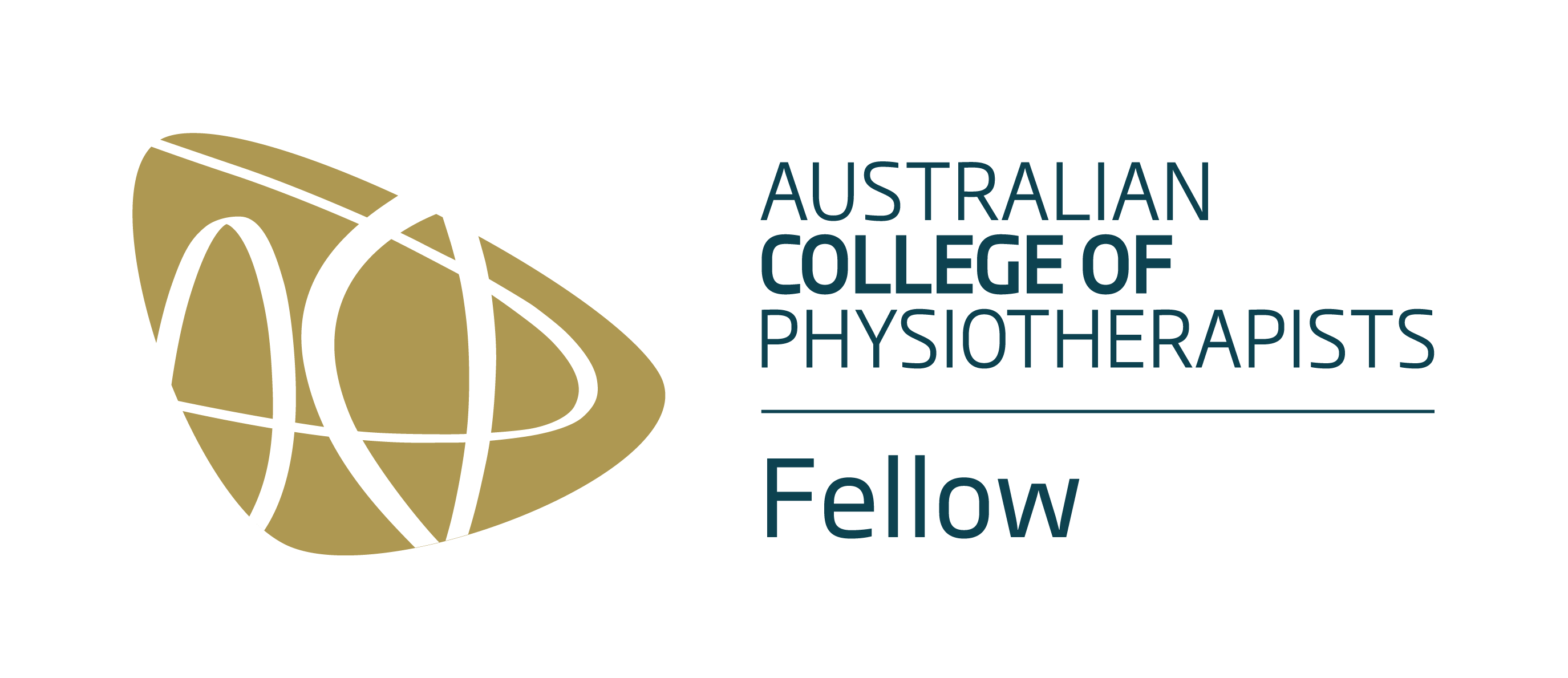Lower back pain is a common issue that affects many people at some point in their lives. Despite its prevalence, there are many misconceptions about what causes low back pain and how it should be managed. This blog aims to provide a clear and comprehensive guide to understanding lower back pain and how Physiotherapy / Osteopathy at our Bayside clinic in Cheltenham can help manage and alleviate it.
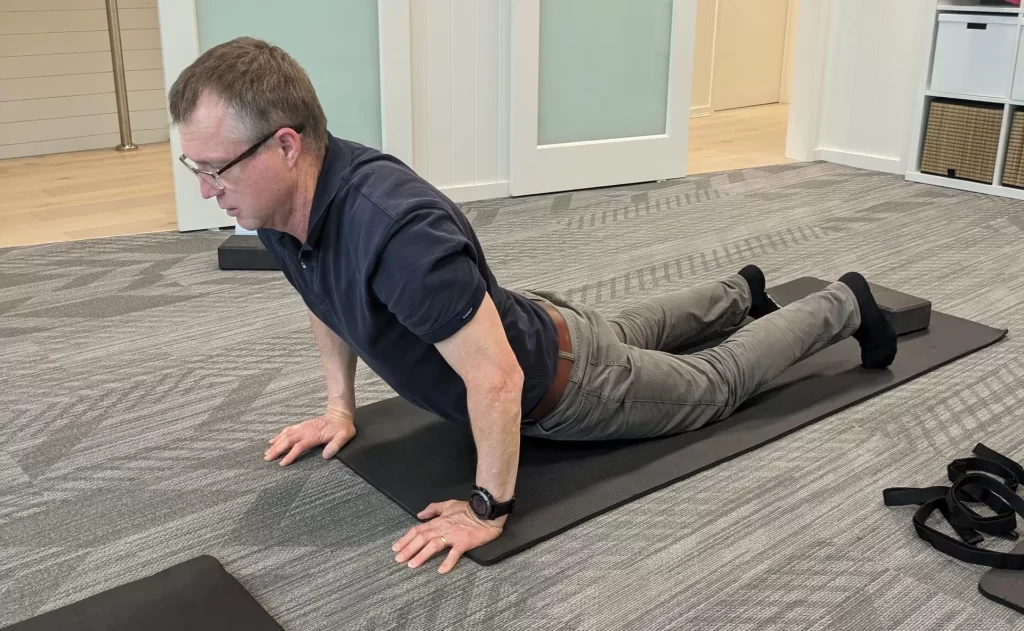
The Multifaceted Nature of Lower Back Pain
One of the most important things to understand about low back pain is that it is not always due to structural problems in the spine. While issues like herniated discs or spinal stenosis can certainly cause pain, many cases of low back pain are related to factors such as psychological well-being, lifestyle behaviours, health beliefs, and movement patterns.
1. Psychological Well-Being:
Stress, anxiety, and depression can all contribute to the experience of low back pain. These psychological factors can increase muscle tension, reduce pain tolerance, and make it harder for people to cope with pain. Addressing mental health and emotional well-being is therefore a crucial part of managing low back pain (1). At Peak MSK we our osteopathy and physiotherapists take the time to listen.
2. Lifestyle Behaviours:
Sedentary lifestyles, poor posture, and lack of exercise can weaken the muscles that support the spine, leading to pain and discomfort. Conversely, regular physical activity and maintaining good posture can help prevent and manage low back pain (1).
3. Health Beliefs:
What people believe about their pain can significantly impact their recovery. For example, the belief that pain means damage can lead to fear-avoidance behaviours, where people avoid movement to prevent pain. This can actually make the problem worse by leading to stiffness and further weakening of the muscles (2).
4. Movement Patterns:
Poor movement patterns, such as lifting with the back instead of the legs or slouching while sitting, can strain the spine and contribute to pain. Learning and practising proper movement techniques with our clinical team of physiotherapists and osteopaths is an important aspect of preventing and managing low back pain (1).
The Role of Imaging in Lower Back Pain
1. Imaging Doesn’t Always Correlate with Pain:
Many people with structural abnormalities like herniated discs or arthritis do not experience any pain, while others with severe pain may have no visible abnormalities on imaging. This indicates that the relationship between imaging findings and pain is not straightforward (3). Remember X-ray vision is not a superpower for diagnosis and treatment you can read more on our blog.
2. Over-Reliance on Imaging Can Be Harmful:
Focusing too much on imaging results can lead to unnecessary anxiety and medical interventions, such as surgery or injections, which may not be needed. It can also distract from addressing the more common and treatable causes of pain, such as muscle weakness or poor movement patterns (3).
3. Clinical Examination is Key:
A thorough clinical examination by a physiotherapist can often provide more useful information than imaging. By assessing a person’s movement, posture, and muscle strength, our physiotherapists and osteopaths can develop a more accurate and individualised treatment plan (4).
The Positive Outlook for Low Back Pain
The good news is that most people recover well from low back pain. Studies show that the majority of acute low back pain episodes improve significantly within a few weeks, often with simple self-care measures such as staying active, applying heat or cold, and taking over-the-counter pain medications (4,5).
For those who do not recover quickly or who have more persistent pain, seeking the advice of a physiotherapist or osteopath can be very beneficial. A physiotherapist or osteopath can provide a thorough clinical examination to identify any underlying issues and develop a tailored treatment plan. This may include exercises to strengthen the back and core muscles, manual therapy to improve mobility and reduce pain, and education on proper movement techniques and lifestyle changes (3).
Seek Peak MSK’s Professional Help
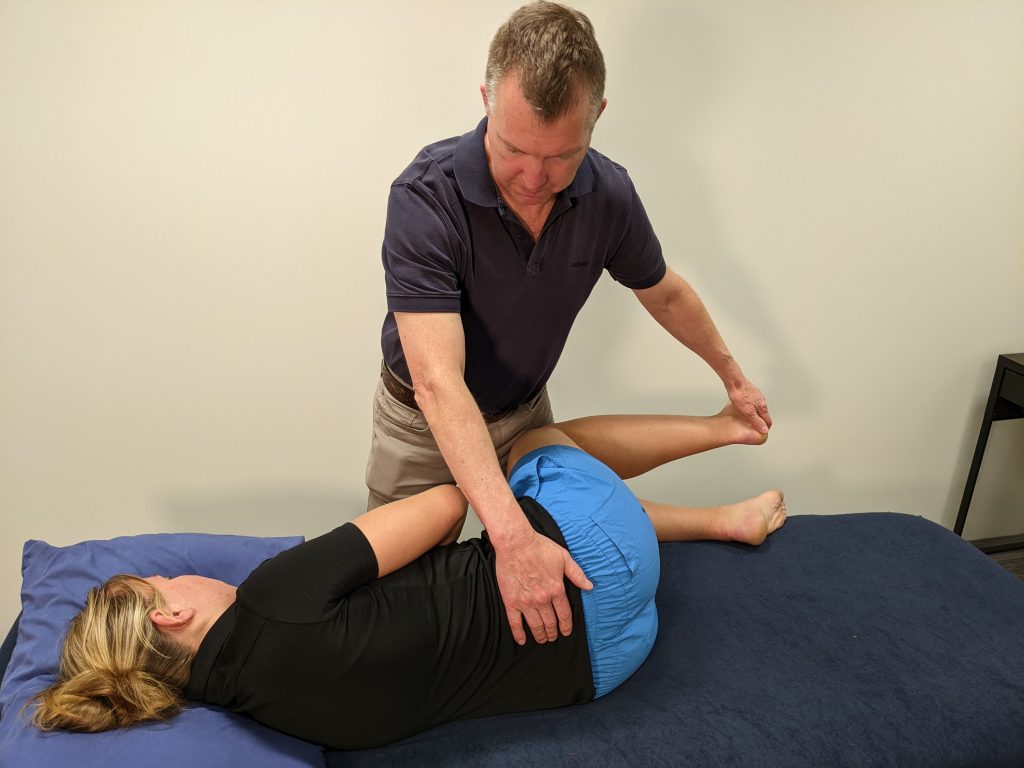
For individuals who are not recovering well from low back pain, an informed clinical opinion from a physiotherapist / osteopath is essential. We will:
1. Conduct a Thorough Assessment:
A detailed physical examination can help identify the root cause of the pain and any contributing factors (6).
2. Provide Evidence-Based Treatment:
Based on the assessment, a physiotherapist can develop a treatment strategy that is based on the latest research and evidence. This may include a combination of exercises, manual therapy, and pain science education (6,7).
3. Offer Personalised Advice:
A physiotherapist can provide advice on how to manage pain, improve movement patterns, and make lifestyle changes to support recovery and prevent future episodes of pain (8,9).
4. Monitor Progress:
Regular follow-ups with a physiotherapist can help to monitor progress, adjust the treatment plan as needed, and ensure that the individual is on track to recovery (9).
Conclusion
In summary, lower back pain is a complex issue that is influenced by a variety of factors, including psychological well-being, lifestyle behaviours, health beliefs, and movement patterns. Imaging is not always necessary and can sometimes be counterproductive. The spine is a strong and resilient structure that is kept healthy by movement, and most people recover well from low back pain with simple self-care measures. For those who need additional help, our physiotherapists and osteopaths at Peak MSK will provide a thorough assessment, evidence-based treatment, personalised advice, and ongoing support to ensure a successful recovery. Understanding these aspects can help individuals manage their low back pain more effectively and improve their overall quality of life. Your move!










